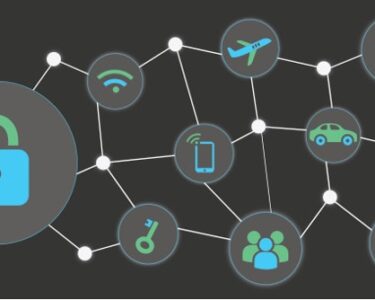Digitally Enhanced Living: The Future of Home and City Life
In a rapidly evolving technological landscape, the integration of digital advancements into our daily lives has become pervasive. The home and the city, as central pillars of our existence, are undergoing significant transformations through the seamless integration of digital technology. This phenomenon, known as "digitally enhanced living," is reshaping our experiences, improving efficiency, and elevating the quality of life for city dwellers.
Smart Homes: The Hub of Enhanced Living
Smart homes have emerged as the epicenter of digitally enhanced living, offering unprecedented convenience, comfort, and efficiency. Powered by the Internet of Things (IoT), smart devices such as voice assistants, smart appliances, and lighting systems connect and communicate to automate tasks, control devices remotely, and optimize energy consumption.
With smart homes, residents can:
- Control lighting, temperature, and music with voice commands
- Schedule appliances to operate automatically, maximizing convenience
- Monitor home security remotely, providing peace of mind
- Optimize energy usage, reducing utility bills and carbon footprint
Smart Cities: Connecting Urban Spaces
The concept of smart cities extends the conveniences of digital enhancement beyond the home to the urban environment. By leveraging data and technology, cities are becoming more efficient, sustainable, and livable.
Smart cities incorporate the following:
- Intelligent Transportation: Traffic management systems optimize traffic flow, reducing congestion and improving commute times.
- Data-Driven Decision Making: City officials analyze data on energy consumption, air quality, and public safety to make informed decisions.
- Digital Inclusion: Public Wi-Fi networks and digital literacy programs bridge the digital divide, ensuring accessibility for all.
- Smart Grids: Advanced energy infrastructure optimizes electricity distribution, reducing outages and maximizing efficiency.
Benefits of Digitally Enhanced Living
The integration of digital technology into home and city life brings numerous benefits:
- Convenience: Automation and remote control simplify daily tasks, freeing up time for leisure and personal pursuits.
- Efficiency: Optimized energy consumption, traffic management, and service delivery reduce costs and improve productivity.
- Security: Smart security systems deter crime and provide peace of mind for residents.
- Sustainability: Smart grids and data-driven decision-making promote environmentally friendly practices, reducing carbon emissions.
- Community Building: Digital platforms foster social connections, facilitate neighborhood engagement, and enhance civic participation.
Challenges and Considerations
While digitally enhanced living offers significant advantages, certain challenges and considerations arise:
- Privacy Concerns: The collection and use of personal data by smart devices and city systems raise concerns about data security and privacy.
- Digital Exclusion: Ensuring equitable access to digital technology is crucial to prevent a digital divide that widens socioeconomic disparities.
- Technology Dependency: Overreliance on digital systems can create vulnerabilities and disrupt daily life in the event of outages or technical issues.
Conclusion
Digitally enhanced living is transforming the home and city experience, offering unprecedented convenience, efficiency, security, and sustainability. By embracing the integration of technology, we can create environments that foster well-being, enhance our lives, and shape a more prosperous and connected future. However, addressing privacy concerns, bridging digital divides, and mitigating technology dependency will be crucial to ensure a truly equitable and beneficial adoption of digital advancements in our homes and cities.


